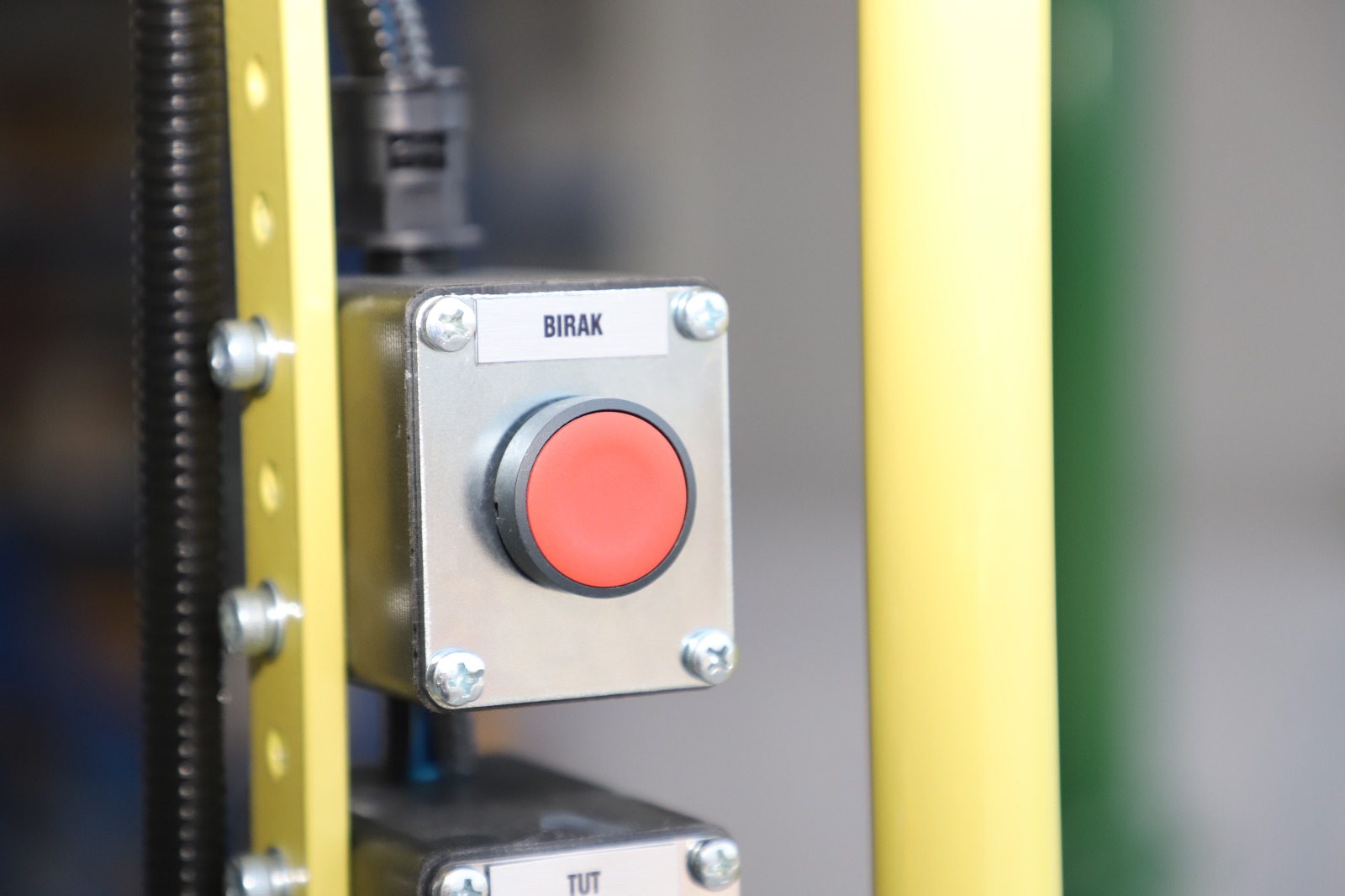Transform Your Production: The Key Advantages of Manipulators
What Are the Advantages of Using Manipulators?
What are the advantages of using manipulators? Industrial machines and robot technologies continue to revolutionize production processes. One of these technologies, manipulators, plays a significant role in many different sectors.
What is a manipulator used for? Manipulators are robotic devices used especially in automation systems to perform tasks such as load handling, positioning, and assembly. The numerous advantages they provide for companies have made them an indispensable tool in production processes.
Here are the main advantages that manipulators offer to companies:
1. Increased Workforce Efficiency
Manipulators can work in place of or as an assistant to human labor. Especially when it comes to heavy and repetitive tasks, manipulators can operate continuously at high speed without interruption. This increases workforce efficiency and provides significant time savings in production processes. Humans can focus on more complex and creative tasks while manipulators take over routine jobs.
2. Reduced Error Rates
There is always a margin of error in operations performed by manual labor. Manipulators operate with extreme precision through programmed movements and exact calculations. This minimizes the risk of production errors. By ensuring quality control, they help increase product compliance with standards.
3. Performance of Hazardous Jobs
Many industrial processes are filled with hazardous jobs. Working under risky conditions such as extreme temperatures, chemical substances, or heavy loads can harm human health. Manipulators can safely perform such dangerous tasks. This helps protect the health and safety of employees while also minimizing work accidents.
4. Reduction in Labor Costs
Although manipulators require a high initial investment, they provide cost advantages for businesses in the long run. They can operate at a lower cost than human labor and significantly reduce a company's need for manpower. Additionally, by working non-stop, manipulators eliminate extra costs like overtime pay.
5. Flexibility and Adaptability
Manipulators are flexible because they are programmable machines capable of handling different types of products. This means a production line can be quickly adjusted for different products. Furthermore, industrial manipulators can be used for multiple tasks, adapting to different work processes. This gives companies more flexibility in changing their production processes and transitioning to new products.
6. Higher Production Capacity
Manipulators can work faster than humans and ensure a continuous, efficient workflow between units. Their ability to operate at high speeds leads to a significant increase in production capacity. This allows companies to produce more products in less time. Increased efficiency for production lines provides a faster response to the market and a competitive advantage.
7. High Precision and Quality
Manipulators achieve excellent results, especially in areas requiring precise operations. From CNC machines to electronic component assembly, manipulators can perform delicate operations with a minimal margin of error. This contributes greatly to improving product quality and ensuring customer satisfaction.
8. Space Savings and an Organized Workspace
When using manual labor, a production line often requires large areas and a lot of equipment. However, manipulators are more compact and can work effectively in smaller spaces. Additionally, the production area becomes more organized and systematic. This increases factory space efficiency.
9. Future-Oriented Investment and Technological Advantages
The technological features of manipulators allow companies to integrate into digital transformation processes. Supported by technologies like artificial intelligence, machine learning, and the IoT (Internet of Things), manipulators can make companies' production processes smarter. Such investments help companies gain a long-term competitive advantage and use technology more efficiently.
Conclusion: Gaining a Competitive Edge
Manipulators offer significant advantages in many fields, from industrial production and automotive to the food sector and logistics. They enable companies to become more competitive by providing significant improvements in areas such as efficiency, cost savings, safety, and quality. As technology advances, the applications for manipulators are expanding, creating great opportunities for businesses.
For any business, correctly integrating manipulators not only optimizes production processes but also becomes a fundamental step for long-term sustainable success.
Frequently Asked Questions
What is the ROI (return on investment) for manipulators?
The ROI for pneumatic manipulator or electric manipulator investments typically ranges from 1-3 years, depending on the application. Labor cost savings, reduced error rates, and increased production capacity help quickly recover the investment.
Which industries use manipulators?
Manipulators are widely used in automotive, casting, plastic injection, cable manufacturing, white goods, metalworking, glass, food, pharmaceutical, and chemical industries.
Are manipulators safe?
Yes, manipulators are much safer than cranes. They provide maximum safety with oscillation-free movement, emergency stop systems, air cutoff protection, and load drop prevention algorithms.
Should I choose a pneumatic or electric manipulator?
Pneumatic manipulators are economical, easy to maintain, and explosion-proof - ideal for food and chemical industries. Electric manipulators offer more precise control and higher load capacity - suitable for heavy metalworking.
At Soyerpek, we carefully analyze your process, understand your needs, and offer you custom turnkey manipulator solutions. Contact our expert team today to find the right solution for your application.

